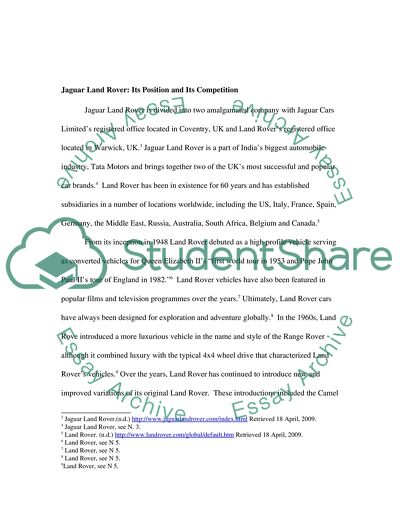Cite this document
(Strategic Marketing And Planning Case Study Example | Topics and Well Written Essays - 2250 words, n.d.)
Strategic Marketing And Planning Case Study Example | Topics and Well Written Essays - 2250 words. Retrieved from https://studentshare.org/marketing/1722763-strategic-marketing-and-planning
Strategic Marketing And Planning Case Study Example | Topics and Well Written Essays - 2250 words. Retrieved from https://studentshare.org/marketing/1722763-strategic-marketing-and-planning
(Strategic Marketing And Planning Case Study Example | Topics and Well Written Essays - 2250 Words)
Strategic Marketing And Planning Case Study Example | Topics and Well Written Essays - 2250 Words. https://studentshare.org/marketing/1722763-strategic-marketing-and-planning.
Strategic Marketing And Planning Case Study Example | Topics and Well Written Essays - 2250 Words. https://studentshare.org/marketing/1722763-strategic-marketing-and-planning.
“Strategic Marketing And Planning Case Study Example | Topics and Well Written Essays - 2250 Words”, n.d. https://studentshare.org/marketing/1722763-strategic-marketing-and-planning.


